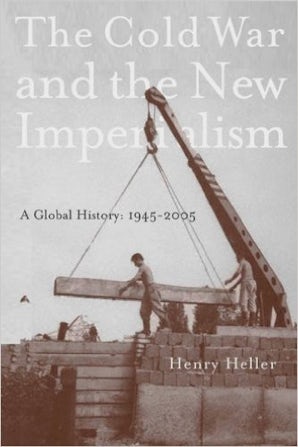Also in this issue
- Chávez and the Communal State: On the Transition to Socialism in Venezuela
- If You're So Smart, Why Aren't You Rich?
- On the Legacy of the International Working Men's Association after 150 Years: Interview with Marcello Musto
- The Nonprofit-Corporate Complex: An Integral Component and Driving Force of Imperialism in the Phase of Monopoly-Finance Capitalism
- Trying to love Pilgrim Nuclear Power Plant
Books by Henry Heller
The Cold War and the New Imperialism
by Henry Heller


